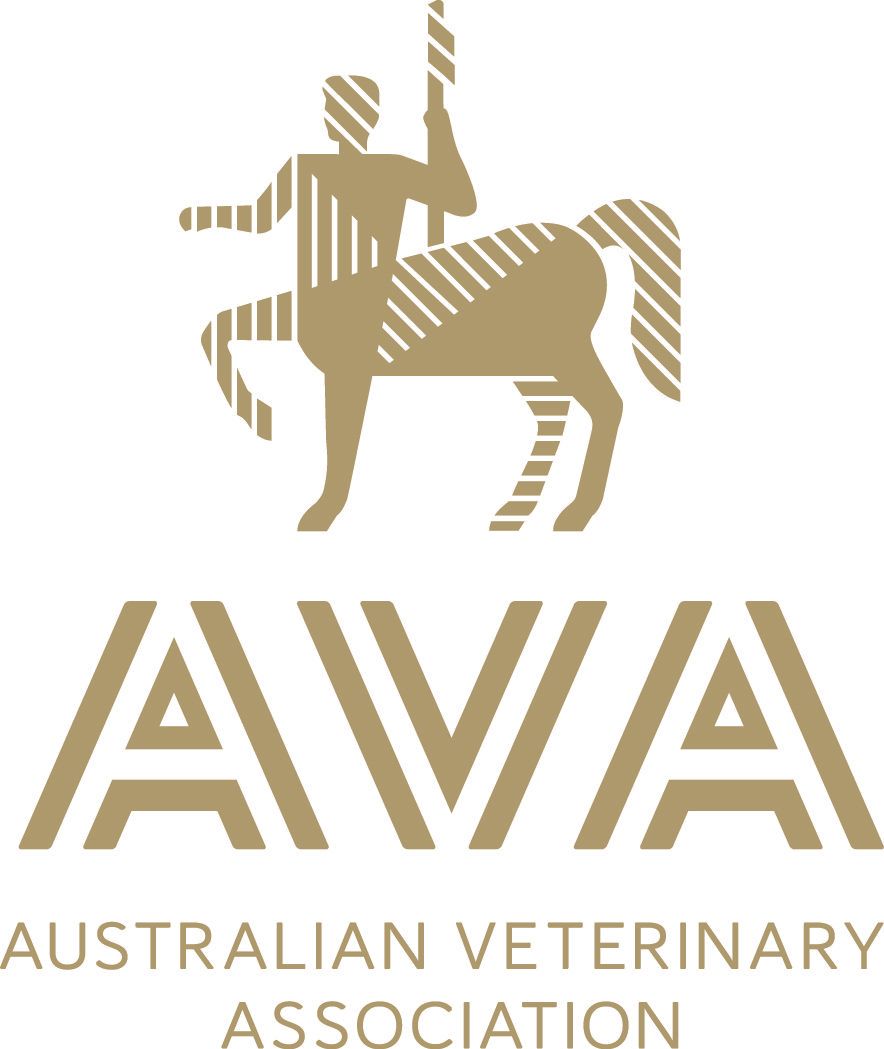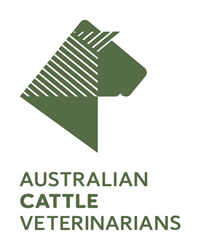DISEASE MANAGEMENT FOR HORSES
Information on identifying and controlling the spread strangles in horses and equine herpesvirus.
STRANGLES IN HORSES
Strangles is a highly infectious disease of horses characterised by mucopurulent (or pus-like) inflammation of the respiratory tract and an associated nasal discharge. Affected horses usually have a fever and concurrent swollen lymph nodes below the jaw.
-
Causes of the disease
The disease is caused by an organism called Streptococcus equi equi and is often confused with another organism, namely Strep. equi zooepidemicus, which can also cause a purulent nasal discharge. It is important therefore to isolate and culture the organism before a diagnosis can be confirmed.
Strangles occurs when susceptible horses are exposed to an infective horse or a chronic shedder. After an incubation period of about 3 – 7 days, the horse develops a fever, becomes depressed, is off food and may have lymph node swellings below the jaw. Some older horses, which have been exposed to the disease sometime in the past, may show atypical signs of strangles with a mucoid nasal discharge, cough and a mild fever.
-
Controlling the spread
Once a horse becomes infected it can spread the bacteria to other stock via contaminated water buckets, feed bins, gear, halters and grooming equipment. For this reason, sick horses need to be isolated and have their own gear not shared with other horses.
Horses that have recently been in contact with horses with a confirmed case of strangles should have their body temperature measured twice a day for 7-10 days. A rise in temperature above normal should alert you to the possibility of strangles in your horse.
Antibiotics and anti-inflammatories can be used in these cases under the supervision of your veterinarian. Furthermore, lymph node abscesses can be treated with a warm compress to encourage the maturation of the abscess.
Management practices are important in limiting the spread. Sick horses should be isolated for 4 weeks and not travel during this period. Contaminated stalls and paddocks should be considered infective for 2 months as the bacteria can persist in the environment for a prolonged period of time depending on temperature and humidity. Stalls and floats can be cleaned with disinfectants to reduce the spread of the disease.
Vaccination is helpful. For primary immunisation, horses 3 months of age or older should be given three doses 2 weeks apart. Horses, which have been in contact with infective horses and are not sick and have a normal temperature, can be vaccinated intramuscularly with either a Strangles vaccine or a Strangles/tetanus vaccine.
A booster against strangles should be given annually or prior to competing in shows where exposure to unfamiliar horses is common. Strangles is a notifiable disease in Queensland.
EQUINE HERPESVIRUS 1 (EHV-1)
Equine herpesvirus 1 (EHV-1) is a highly infectious disease that can affect horses of all breeds and ages around the world.
-
Horses are mainly infected by:
- Coming in close contact with infected horses where the nasal discharge from an infected horse is aerosolised and the virus particles are inhaled.
- Ingesting feed contaminated with nasal discharge of an infected horse or aborted foetus and foetal membranes from an infected mare.
- Through fomites, which means that the virus can attach to an object such as tack, equipment or vehicles, and survive for 14 to 45 days, before infecting another horse when the virus is breathed in.
-
There are four forms of EHV-1:
- A respiratory disease form, seen in young horses under three years, produces a fever and a clear nasal discharge which will become thick and yellow after a few days. Infection is mild in adults, however, in younger horses it can develop into pneumonia if not treated early. Treatment for the respiratory form involves anti-inflammatory drugs, antibiotics and rest for 2 to 4 weeks.
- Abortions in pregnant mares usually occurs during 8 to 10 months gestation. Most of the time only a few mares in a herd with abort, however, occasionally a property can suffer from an abortion storm where 50% of the mares will abort. , a full reproductive exam should be carried out on mares that have aborted, and these mares should be quarantined for four weeks (or until lab test exclude this as the cause of abortion), then if required, be re-bred one month later.
- The third form occurs in foals which causes death due to severe respiratory disease and septicaemia.
- In the neurological form symptoms can vary from a wobbly gait, weakness and difficulty placing feet correctly, to paralysis of all limbs and recumbency.
-
Controlling the spread
- It is strongly suggested you vaccinate your horses against this disease.
- Quarantine of all new horses is critical, as infected horses can spread the virus two weeks after they cease showing symptoms. Horses can also become lifelong carriers of the virus shedding the virus when they are stressed such as during transport, at weaning, overcrowding, surgery and at competitions.
- It is suggested to introduce any new horses slowly into a herd and to keep pregnant mares separated from new horses.
- Good hygiene is critical to managing the spread of infection.
- Broodmares should be managed in small bands to prevent spread if the virus does enter a group, and in the case of abortions, all dead foals and foetal membranes should be removed immediately.
CONTACT A CLINIC
For further advice on the health care of your animals, contact the professional team at the Warwick Vet Clinic for a consultation
CONTACT A CLINIC
We will get back to you as soon as possible.
Please try again later.
HEALTHY ANIMALS ARE HAPPY ANIMALS
The latest animal care information from our experienced veterinarians.
OUR CLINICS
WARWICK VETERINARY CLINIC
Opening Hours
Mon - Fri: 7:30am to 6:00pm
Sat: 8:30am to 12:00pm
Warwick West Vet Clinic
Opening Hours
Tuesday and Wednesday:
8:30am to 5:00pm
ALLORA VETERINARY CLINIC
Opening Hours
Monday - Friday:
8:30am to 5:00pm
CLIFTON VETERINARY CLINIC
Opening Hours
Tuesday, Wednesday and Friday:
9:00am to 4:00pm
Warwick Vet Clinic. Website by dms CREATiVE









